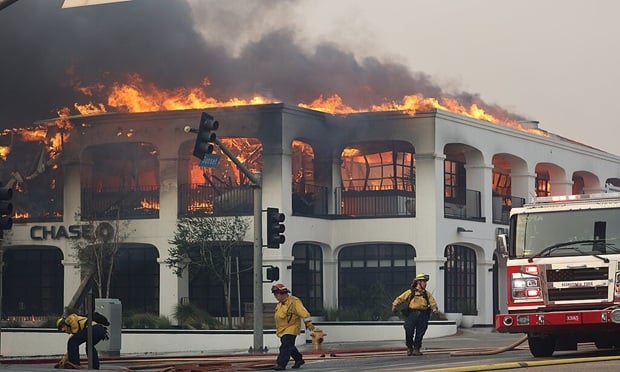Design Professionals: Standard E&O Policy Provisions
Professional liability policies today provide extremely broad coverage for traditional design professional services.
Coverage for economic damage is included even when there is no bodily injury or property damage. There is also no bodily injury or property damage exclusion common to professional liability forms used for many other professions.
Policies for design firms are “claims-made” requiring that the “claim” be made against the insured during the policy period. Most forms, however, allow for claims made during the policy period to be reported to the carrier within 60 days.
Prior acts or retroactive coverage is usually available if firms were previously insured.
The definition of “professional services” normally includes services rendered to others as an architect, engineer, surveyor, landscape architect or construction manager.
Under most professional liability insurance forms, the limits of liability include defense costs. Therefore, defense costs reduce the limit.
All U.S. professional liability forms include an aggregate limit of liability or maximum amount payable for all claims made in a single policy term. While provisions to reinstate aggregate limits, if exhausted, are not available, some carriers allow design professionals to purchase higher aggregate limits.
Deductibles ranging up to 1 percent of firm revenues are often required. While it is common for these deductibles to apply to defense costs as well as payments to claimants, first dollar defense options can often be negotiated.
There are relatively few exclusions in modern insurance forms. For example, many policies have no exclusions for pollution or asbestos.
Common exclusions include:
Dishonest, fraudulent or intentionally wrongful acts.
Express warranties or guarantees
Design of goods or products if sold or distributed by insured.
Contractual liability unless liability would have been responsibility of the insured anyway.
Claims brought by one insured against another
Nuclear reaction, radiation or contamination
Cost to repair or replace faulty workmanship if the workmanship is performed by the insured.
There are several common extensions of coverage. The most common is Contractors Pollution Liability or Pollution Incident Liability coverage.
When clients demand a higher limit of liability, many carriers offer two options in addition to simply increasing the policy limit. Design professionals may buy an endorsement increasing the limit applicable to a single project, or they may purchase a separate policy for the project, often called Project Insurance.
Project insurance can include as named insureds all design firms involved in the project. The policy term is the full length of design and construction phases with a discovery period provision that allows coverage for claims made after the policy term has expired.
Reproduced from National Underwriter Property & Casualty/Risk & Benefits Management Edition, November 12, 2001. Copyright 2001 by The National Underwriter Company in the serial publication. All rights reserved.Copyright in this article as an independent work may be held by the author.
Want to continue reading?
Become a Free PropertyCasualty360 Digital Reader
Your access to unlimited PropertyCasualty360 content isn’t changing.
Once you are an ALM digital member, you’ll receive:
- Breaking insurance news and analysis, on-site and via our newsletters and custom alerts
- Weekly Insurance Speak podcast featuring exclusive interviews with industry leaders
- Educational webcasts, white papers, and ebooks from industry thought leaders
- Critical converage of the employee benefits and financial advisory markets on our other ALM sites, BenefitsPRO and ThinkAdvisor
Already have an account? Sign In Now
© 2025 ALM Global, LLC, All Rights Reserved. Request academic re-use from www.copyright.com. All other uses, submit a request to [email protected]. For more information visit Asset & Logo Licensing.








